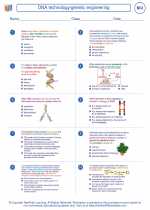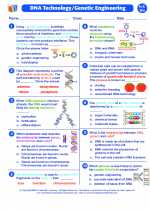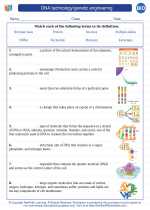How Biogas is Produced
To produce biogas, organic waste is collected and placed in a sealed container called a digester. Bacteria then break down the organic matter in the absence of oxygen, producing biogas as a byproduct. The biogas can then be captured and used as a renewable source of energy.
Components of Biogas
Biogas primarily consists of methane (CH4) and carbon dioxide (CO2), with small amounts of other gases such as hydrogen sulfide (H2S) and ammonia (NH3).
Uses of Biogas
Biogas can be used as a source of energy for cooking, heating, and lighting. It can also be used to generate electricity and as a fuel for vehicles.
Benefits of Biogas
Using biogas as a renewable energy source has several benefits. It reduces the emission of greenhouse gases, provides a sustainable source of energy, and helps in waste management by utilizing organic waste that would otherwise be disposed of in landfills.
Study Guide
When studying biogas, it is important to understand the process of anaerobic digestion and the factors that affect biogas production. Familiarize yourself with the components of biogas and its uses as a renewable energy source. Additionally, explore the environmental and economic benefits of biogas and its potential as a sustainable alternative to traditional fossil fuels.
.◂Biology Worksheets and Study Guides High School. DNA technology/genetic engineering

 Worksheet/Answer key
Worksheet/Answer key
 Worksheet/Answer key
Worksheet/Answer key
 Worksheet/Answer key
Worksheet/Answer key
 Vocabulary/Answer key
Vocabulary/Answer key
 Vocabulary/Answer key
Vocabulary/Answer key
 Vocabulary/Answer key
Vocabulary/Answer key
